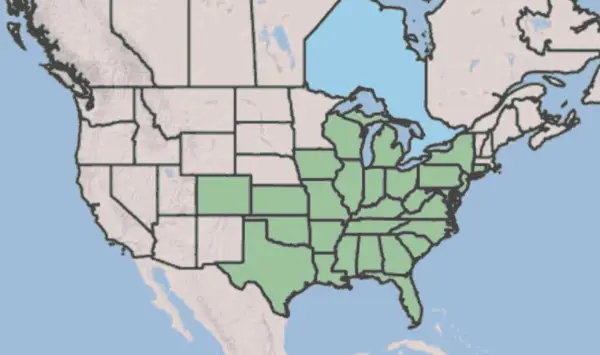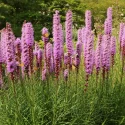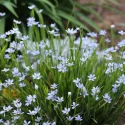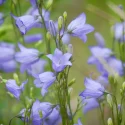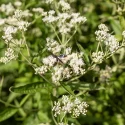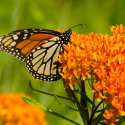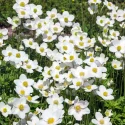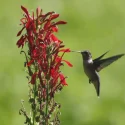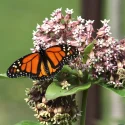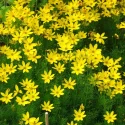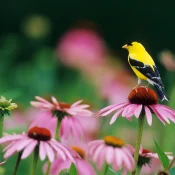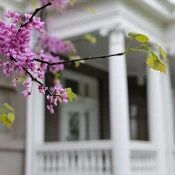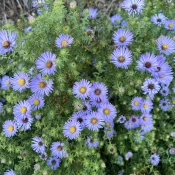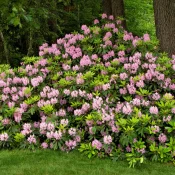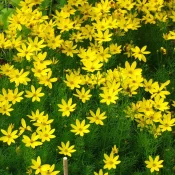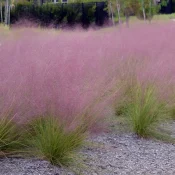Purple Coneflower
Purple Coneflower is one of the easiest, brightest, and most resilient native flowers you can pick for a pollinator garden. (It’s also sometimes called ‘Eastern Purple Coneflower.’) These flowers thrive in a wide range of sun—from full, blazing sun to part shade—making them perfect for beginner gardeners. Since they are perennials, plant once and watch them return year after year. Leave them alone in the fall and winter and watch them turn into nature’s bird feeders. Scroll on for planting tips.
- Full Sun, Part Sun
- Medium (3-5')
- Summer flowers
- Easy to find
Purple Coneflowers are technicolor pollinator buffets
Purple Coneflowers are an iconic native plant instantly recognizable from their color and shape—you or your kids may have drawn flowers like them in a kindergarten class. Purple Coneflowers are one of nine coneflowers native to North America.
Why are they called ‘Purple Coneflowers’?
These flowers do not necessarily look purple.
Although they are called “purple” their color is more of an electrified hot-pink, with warm reddish-orange cones rising from the center.
(You may also see them called Eastern Purple Coneflowers.)
Purple Coneflower is this plant’s common name, or the name given to it by the generations before. (We wish the old-time copywriters had more creativity when it came to color names.) To ensure you’re buying or looking at Purple Coneflower, the singular Latin name helps (Echinacea purpurea.) And no, you don’t need to learn Latin!
Within these warm reddish cone centers first rest pollen (in the summer), followed by hundreds of seeds in the fall and winter. The shape of Purple Coneflower’s cones makes them perfect for pollinator and bird perches. They are a beautiful and very generous flower.
Where is Purple Coneflower native?
Purple Coneflower is native to half of the United States and introduced to Canada. If you see your state in green on this map—time to plant some Purple Coneflower.
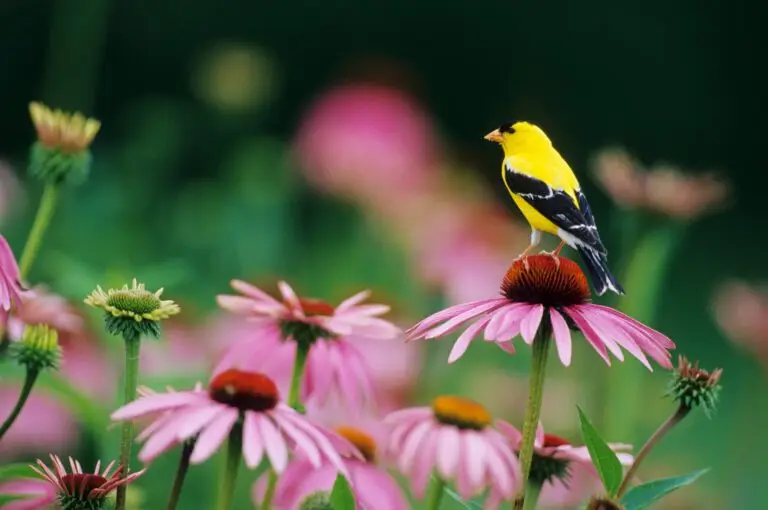
Purple Coneflower is deer-proof
Deer do NOT eat Purple Coneflower. If you’re worried about deer nibbling your garden, planting Purple Coneflower is a good native gardening choice.

Where to plant Purple Coneflower
Purple Coneflower is easy to plant from seed or by plants as long as you mimic its favorite environment in nature. These plants love full sun and lots of drainage.
There are lots of great landscaping spots for Purple Coneflower, including:
- Container gardens
- Borders
- Pollinator gardens
- Median strips
How can I plant Purple Coneflower by seed?
Purple Coneflower is super easy to plant by seed. One caveat: seeds planted might not flower until the following summer. (The first year, the plant focuses its energy on making roots.)
Online Purple Coneflower seed sellers
Here are some online seed sellers (alongside their locations) that sell Purple Coneflower seeds:
- Baker Creek Heirloom Rare Seeds (Mansfield, Missouri)
- Eden Brothers (Arden, North Carolina)
- Johnny’s Seeds (Winslow, Maine)
- Native American Seeds (New Braunfels, Texas)
- Ohio Prairie Nursery Seeds (Hiram, Ohio)
- Prairie Nursery (Westfield, Wisconsin)
- Select Seeds (Union, Connecticut)
- Vermont Wildflower Farm (Vermont)
Purple Coneflower seeds are some of the most commonly found native seeds—Target even carries them when their springtime gardening section is around.
Before you stock up on seeds from a big-box retailer, a quick suggestion:
Local blooms, fewer glooms
Find native plants near you
Local plants and seeds—grown within 800 miles—are best suited for your garden. This also fosters cross-pollination among locally grown plants, enhancing their resilience for generations to come. Stay local for a happy garden!
That said, we get it.
Let’s not make native planting feel like a botany exam.
If you want to get Purple Coneflower seeds from big-box stores
Sometimes you just want to go to a nearby store and make it easy. We’ve done it too!
Purple Coneflower is one of the most common native seeds to find at big-box retailers like Home Depot and Lowes. Oftentimes, sellers carry multiple brands of seeds. Flip the seed packets over to see the location of the seed company (you’ll find it in teenie, tiny lettering on the back.) Pick the company that’s closest to you.
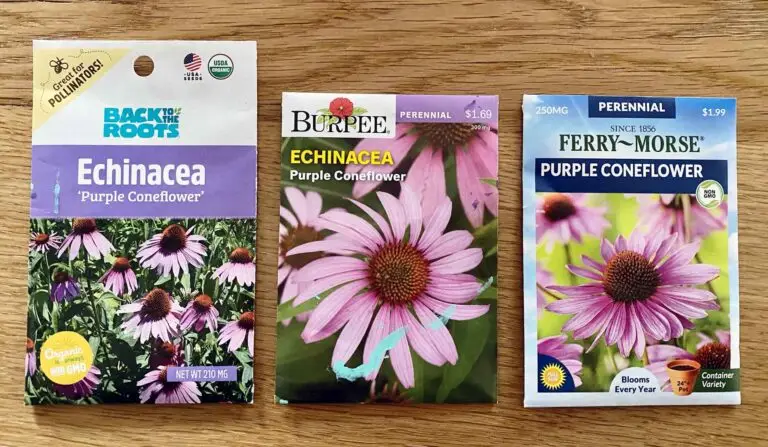
What are good pairings for Purple Coneflower?
Dozens of native flowers pair beautifully with Purple Coneflowers. Some examples include:
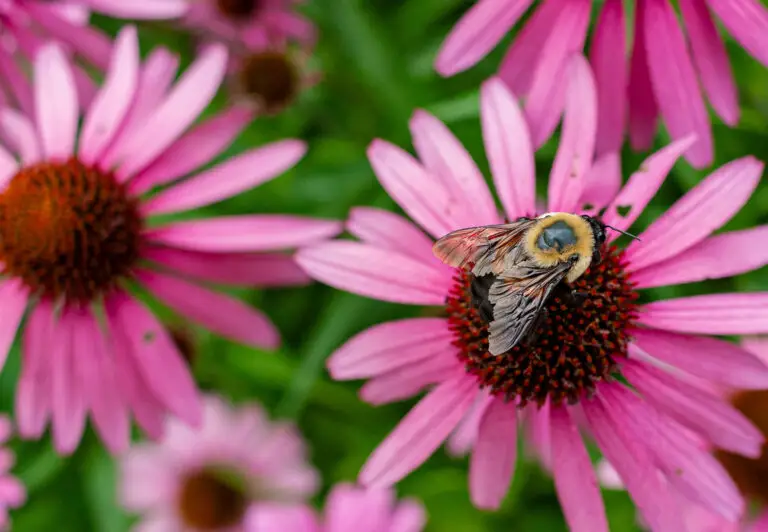
To close out our love letter to Purple Coneflowers, these native flowering gems are one of the most iconic and easy-to-plant native flowers. Purple Coneflowers can flower up to TWO MONTHS spanning the summer into early fall. Leave them exactly where they are in the fall and winter, and watch tiny songbirds (like highlighter-yellow finches) snack away. Want to meet the other native coneflowers? Head over to our Beginner’s Guide to Native Coneflowers to meet more. Happy planting!
Sources
- USDA Plants Database, Eastern Purple Coneflower
- Martin F Breed, Peter A Harrison, Armin Bischoff, Paula Durruty, Nick J C Gellie, Emily K Gonzales, Kayri Havens, Marion Karmann, Francis F Kilkenny, Siegfried L Krauss, Andrew J Lowe, Pedro Marques, Paul G Nevill, Pati L Vitt, Anna Bucharova, Priority Actions to Improve Provenance Decision-Making, BioScience, Volume 68, Issue 7, July 2018, Pages 510–516, https://doi.org/10.1093/biosci/biy050
- Nelson, Gil. Best Native Plants for Southern Gardens: A Handbook for Gardeners, Homeowners, and Professionals, (2010).
- Harstad, Carolyn. Go Native! Gardening with Native Plants and Wildflowers in the Lower Midwest. (1999), 209-210.
